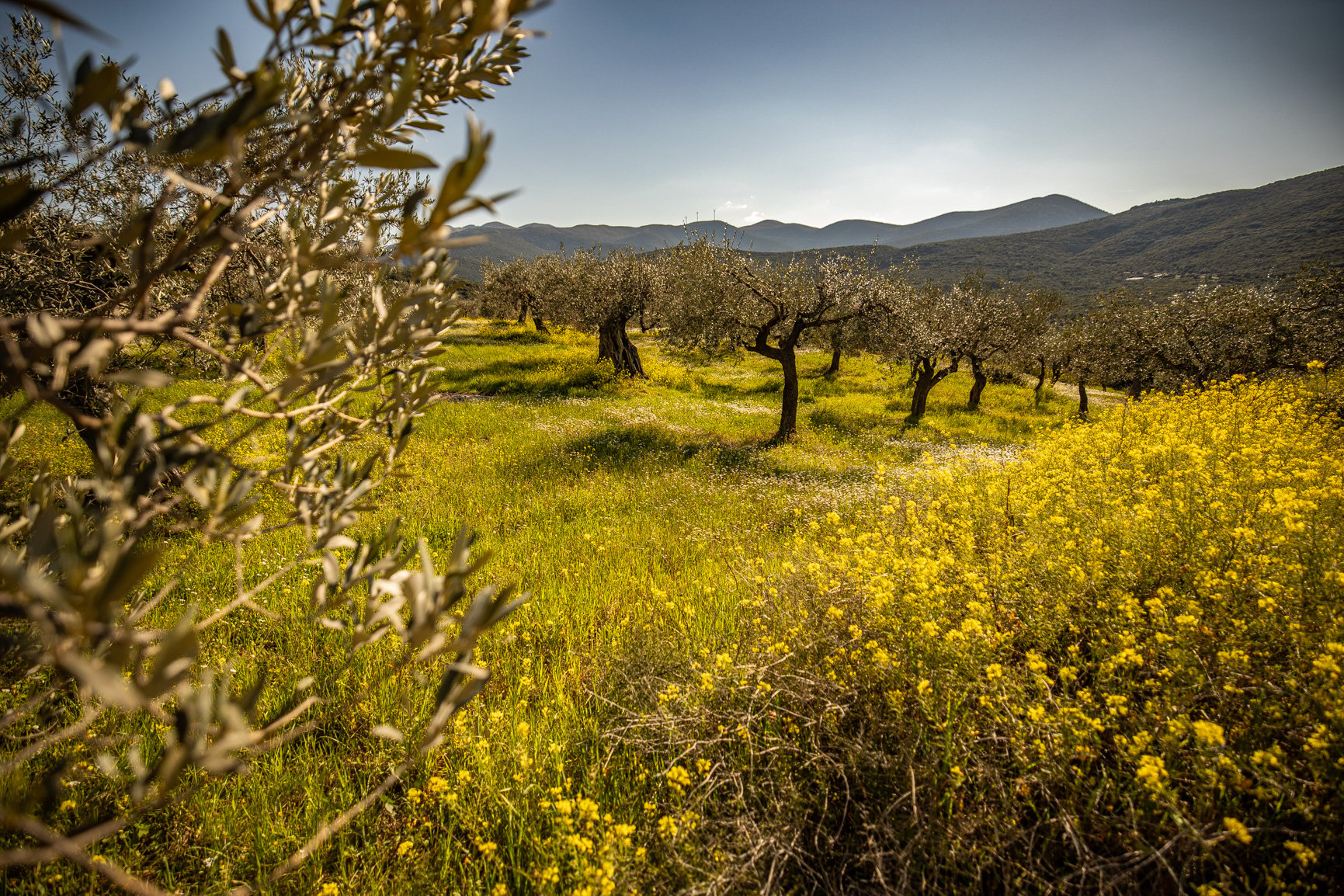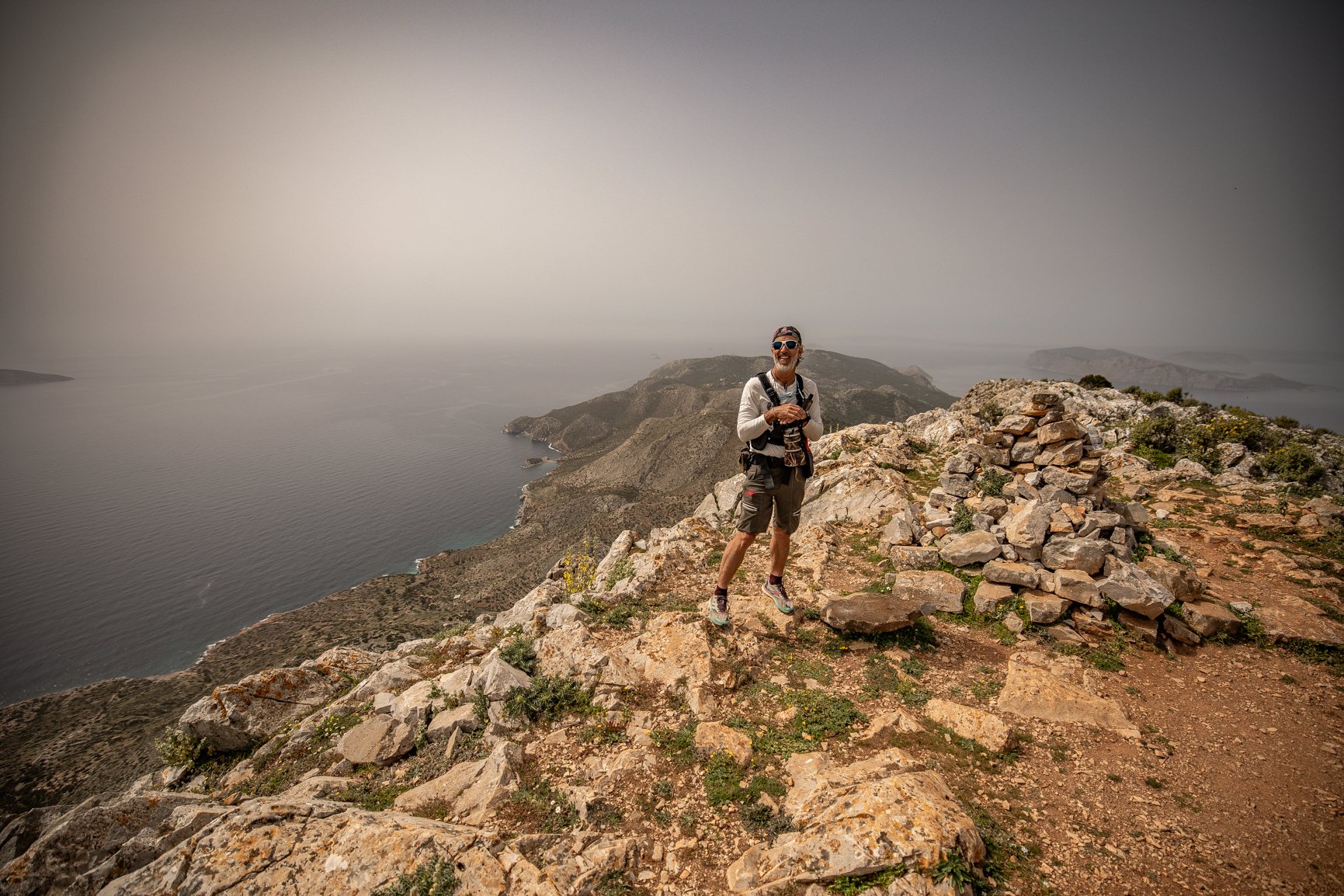RacingThePlanet Ultramarathon
Greece is the location of the FIFTEENTH edition of the RacingThePlanet Ultramarathon. Greece is home to thousands of islands, ancient ruins, stunning beaches, picturesque villages, rich cultural heritage and natural wonders. Greece is a place where history, culture and natural beauty come together to create an indelible memories.
"Greece is my ancestral homeland and now my home. Having run around the world there is no place comparable to Greece. I hope you will join me at RacingThePlanet: Greece 2025 in the birthplace of the Marathon and the Olympics."
Dean Karnazes
(New York Times bestselling author; first to complete the 4 Deserts Grand Slam)
Photos
Itinerary
-
26 Sep 2025
Competitors Arrive (hotel provided) -
27 Sep 2025
Race Check-In & Go to Camp 1 -
28 Sep 2025
Race Starts -
28 Sep 2025 - to - 04 Oct 2025
Stage 1 - To - Stage 6 take place -
04 Oct 2025
Awards Banquet (hotel provided) -
05 Oct 2025
Event Concludes







 Newsletter
Newsletter
 Online Store
Online Store
 Login
Login
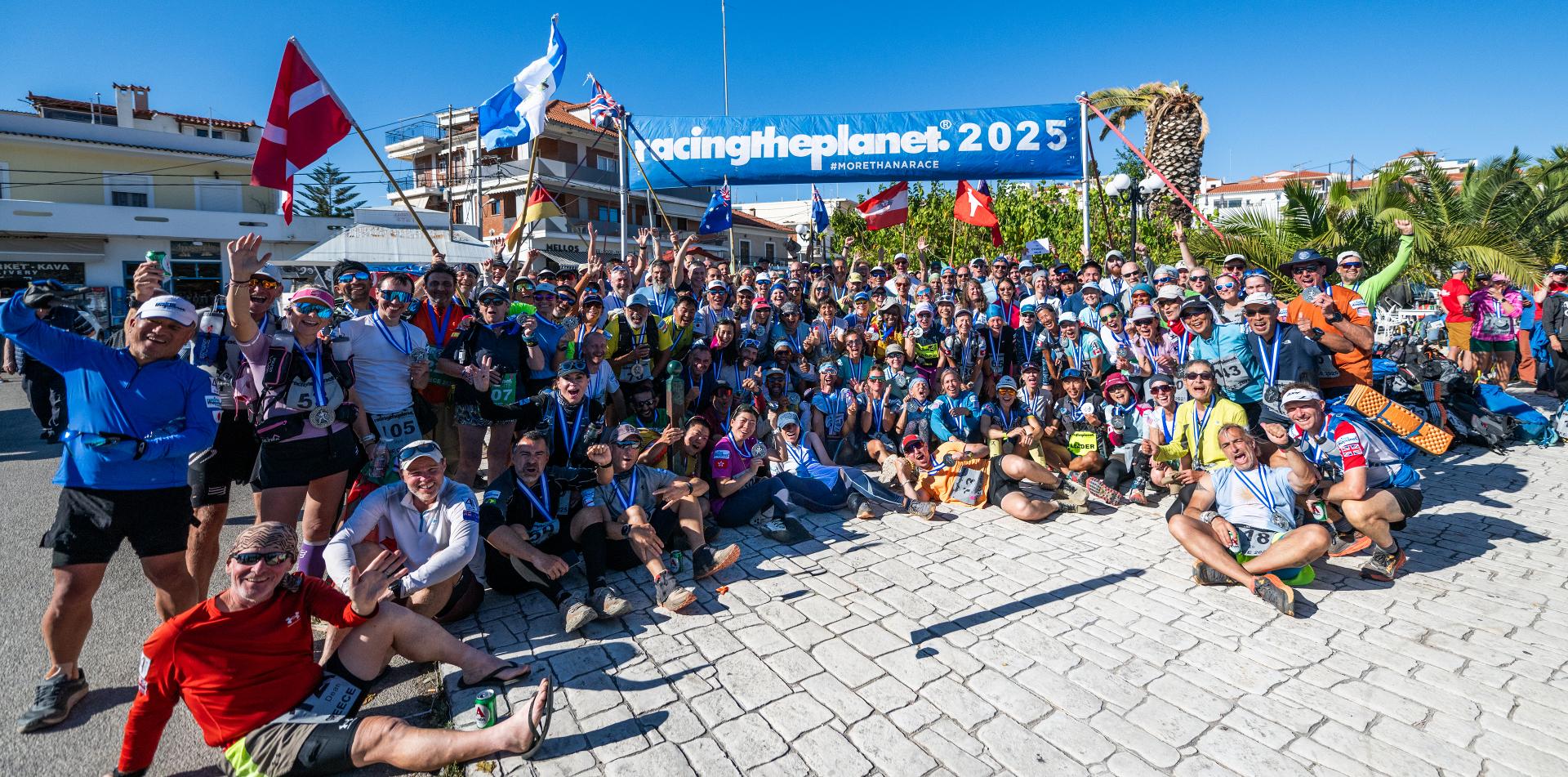
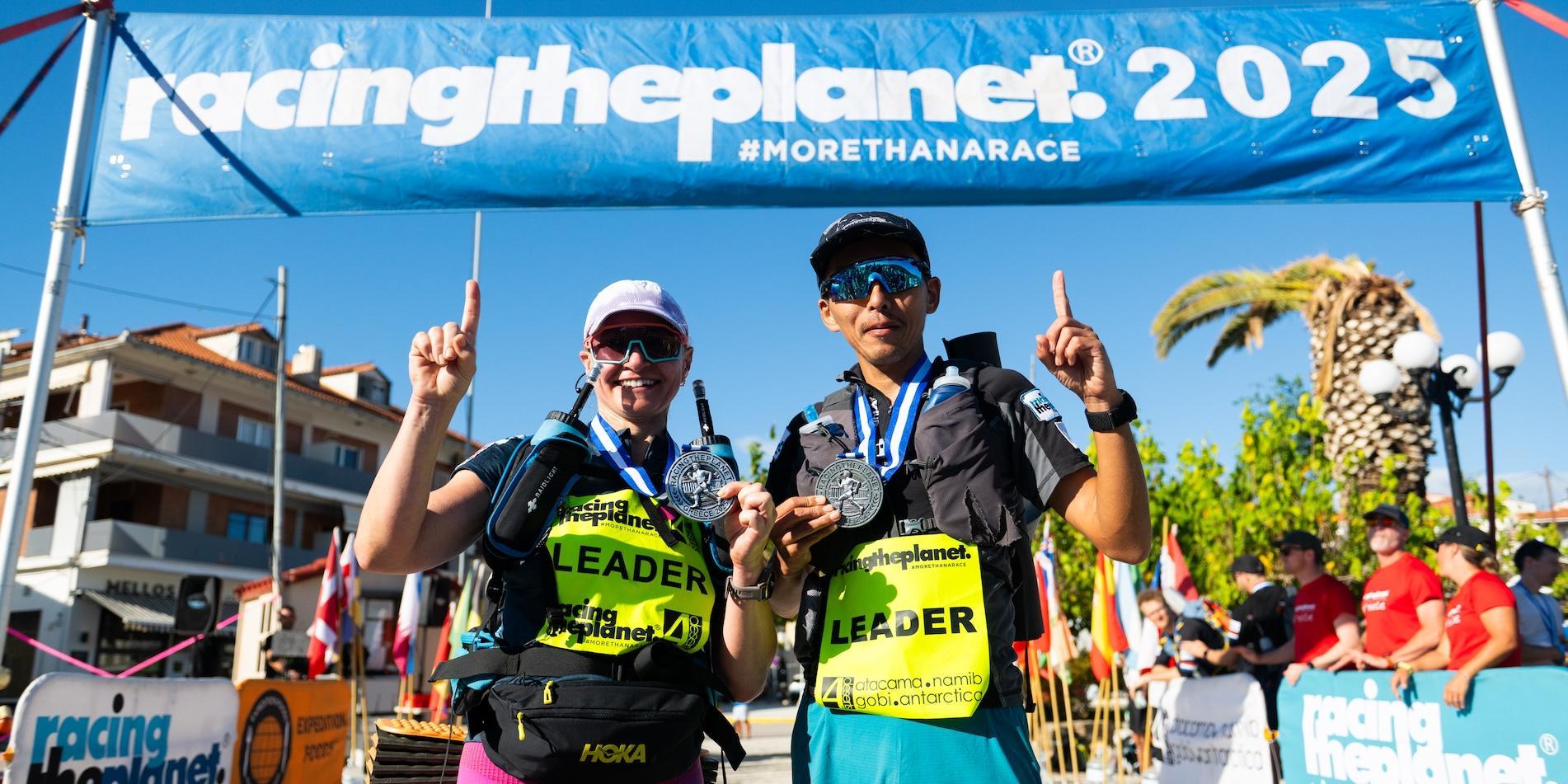
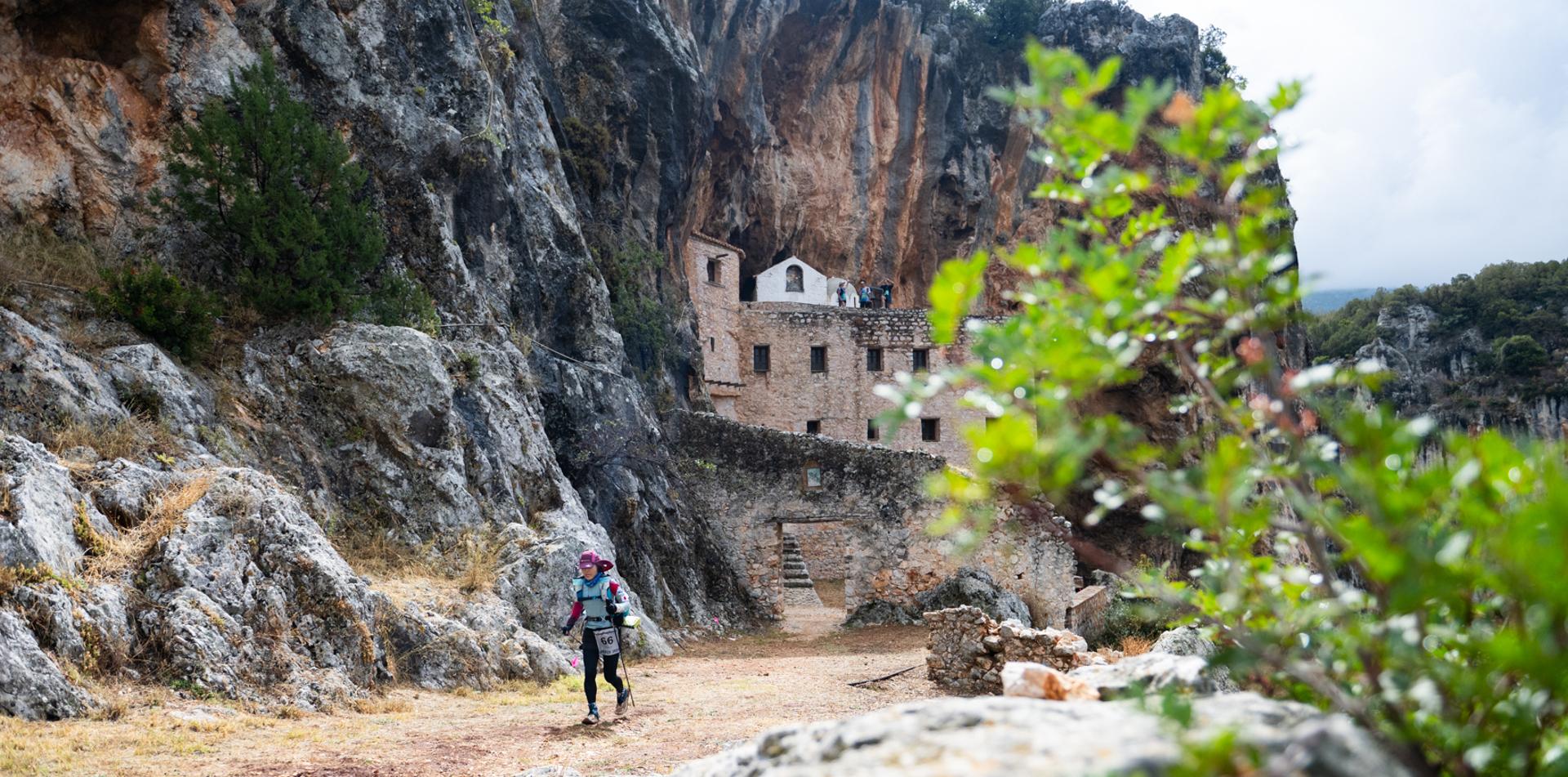


 RacingThePlanet: Greece 2025
RacingThePlanet: Greece 2025
 RacingThePlanet: The 20-Year Race
RacingThePlanet: The 20-Year Race
 RacingThePlanet: Lapland 2022
RacingThePlanet: Lapland 2022
 RacingThePlanet: Georgia 2021
RacingThePlanet: Georgia 2021
 RacingThePlanet: New Zealand 2019
RacingThePlanet: New Zealand 2019
 RacingThePlanet: Patagonia 2017
RacingThePlanet: Patagonia 2017
 RacingThePlanet: Sri Lanka 2016
RacingThePlanet: Sri Lanka 2016
 RacingThePlanet: Ecuador 2015
RacingThePlanet: Ecuador 2015
 RacingThePlanet: Madagascar 2014
RacingThePlanet: Madagascar 2014
 RacingThePlanet: Iceland 2013
RacingThePlanet: Iceland 2013
 RacingThePlanet: Nepal 2011
RacingThePlanet: Nepal 2011
 RacingThePlanet: Australia 2010
RacingThePlanet: Australia 2010
 RacingThePlanet: Namibia 2009
RacingThePlanet: Namibia 2009
 RacingThePlanet: Vietnam 2008
RacingThePlanet: Vietnam 2008




